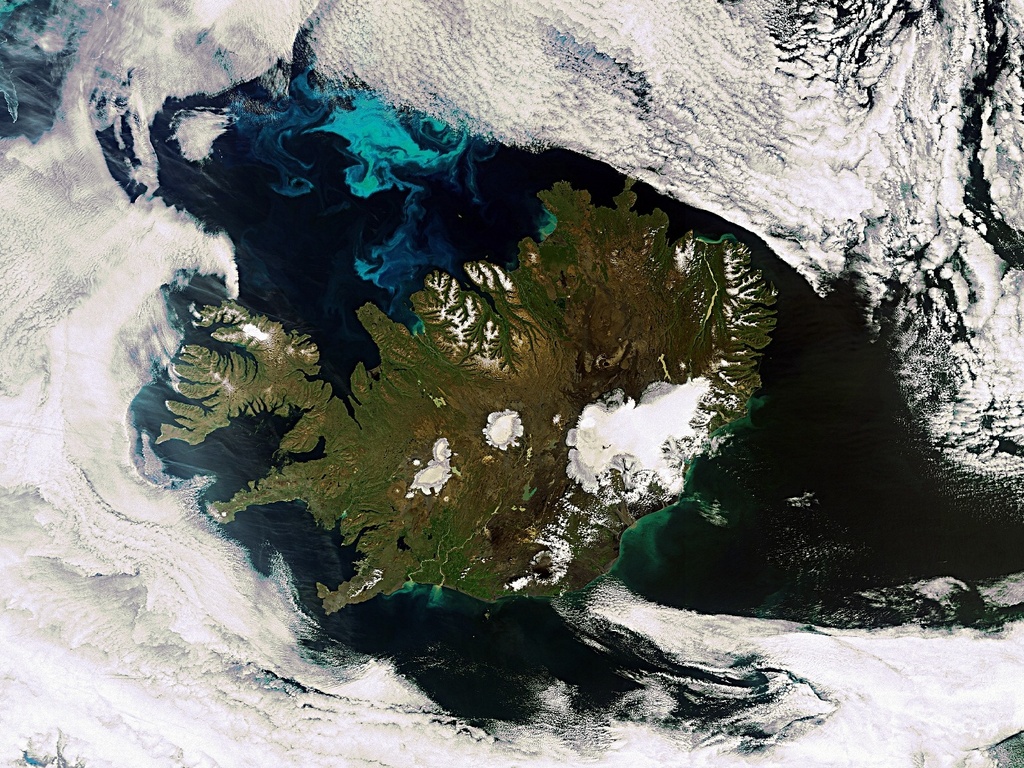
Iceland's Hekla Volcano Close to Erupting, Scientist Claims

Hekla volcano, one of Iceland's most active volcanoes, could be close to erupting, a University of Iceland geoscientist claims.
The most prominent sign of an impending eruption is bulging ground on the northern side of the volcano. This surface swelling indicates magma (molten rock) is rising under the volcano, pushing up the ground as it fills fractures and pipes beneath Hekla. According to GPS monitoring of the expanding surface, there is now more magma underneath Hekla than before the volcano's last eruption in 2000, University of Iceland geophysicist Páll Einarsson said in a report published in the Icelandic newspaper Morgunblaðið on Monday (March 17). Hekla volcano "could erupt soon," Einarsson said.
Geoscientists in Iceland keep a close eye on Hekla, because the volcano blows its top with very little notice. During Hekla's last eruption, in 2000, it took just 79 minutes from the first warning earthquake until the volcano exploded, Einarsson said. But Monday's alert is just the latest in a string of warnings based on Hekla's bulging ground. Volcano watchers have anticipated a new eruption at Hekla since 2006, when tiny earthquakes and surface swelling first hinted that new magma had appeared. Media reports warned of similar surface swelling at Hekla in 2011 and 2013, without a subsequent eruption.
Hekla volcano has blasted more than 20 times in the last 1,200 years, blanketing southern Iceland with thick layers of ash and lava. Some of the eruptions are short and small, while others continue for months, pumping enough ash into the atmosphere to chill temporarily the northern latitudes.
The last eruption at Hekla started on Feb. 26, 2000, and lasted for nearly two weeks.
Email Becky Oskin or follow her @beckyoskin. Follow us @OAPlanet, Facebook and Google+. Original article at Live Science's Our Amazing Planet.
Sign up for the Live Science daily newsletter now
Get the world’s most fascinating discoveries delivered straight to your inbox.










